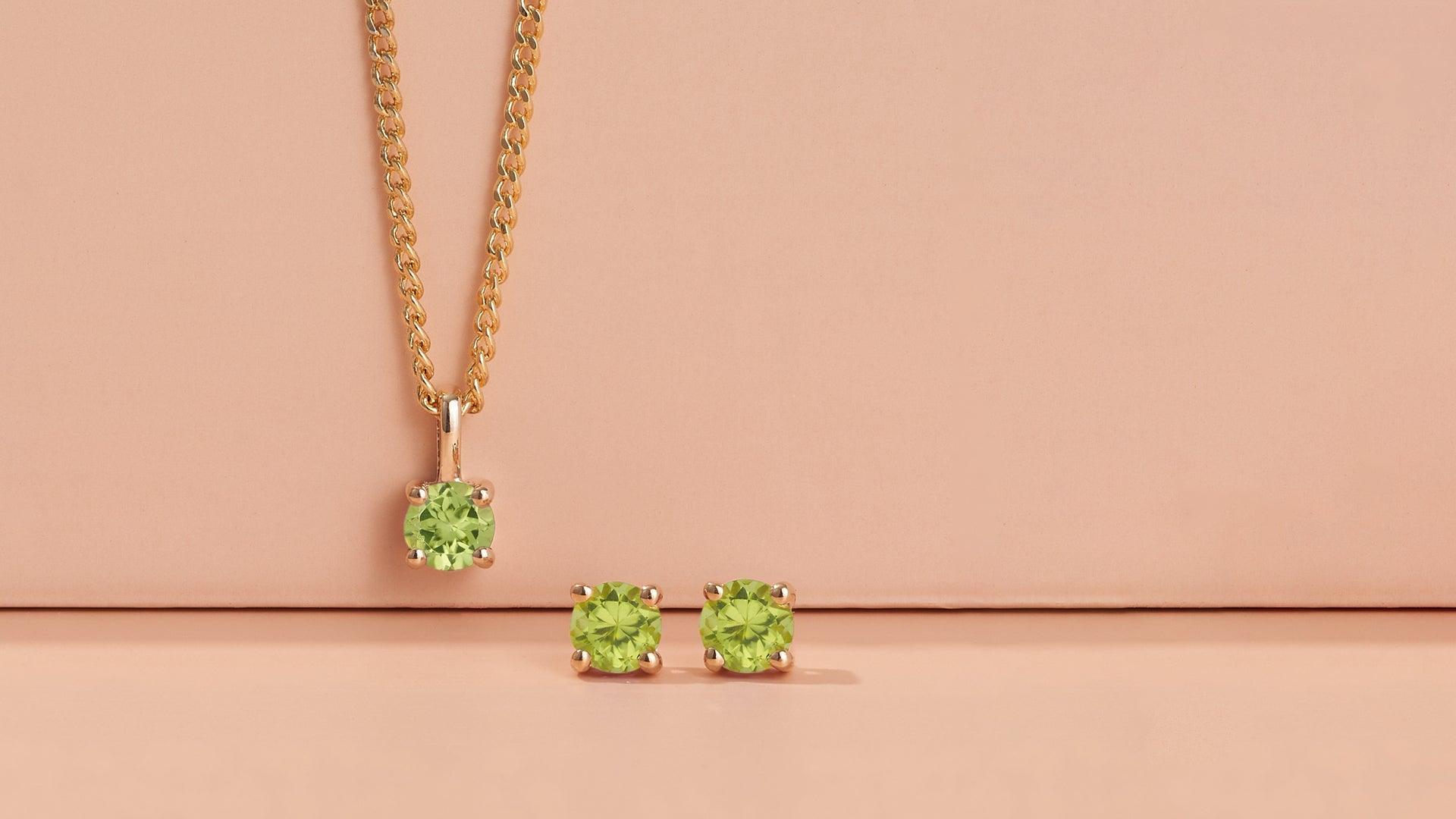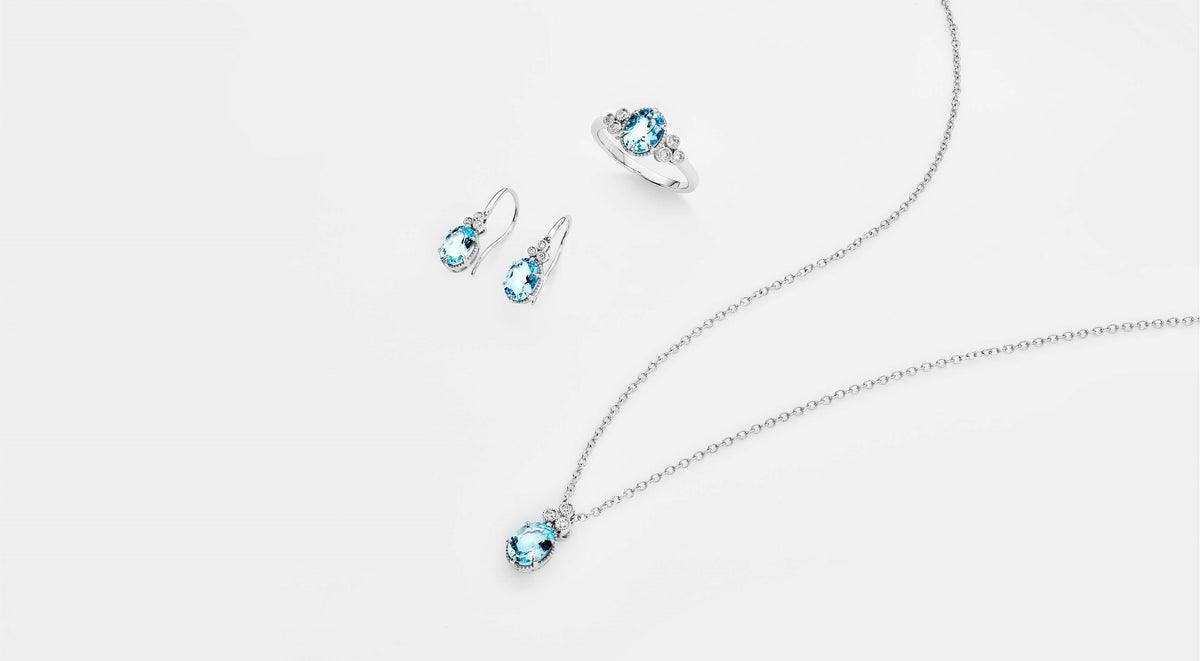Ruby, the king of precious gems, is the birthstone for July babies. Whether you're showing your love for someone born in July, or celebrating a 15th or 40th wedding anniversary, there's no better gift than ruby gemstone jewellery.
Ruby is the red variety of the mineral corundum, coloured by the element chromium. All other colours of gem-quality corundum are called sapphire, which means colour is key for this royal gemstone.
Accordingly, the name “ruby” comes from rubeus, the Latin word for red. In ancient Sanskrit, ruby translated to ratnaraj, which meant “king of precious stones.” These fiery gems have been treasured throughout history for their colour and vitality.
The chromium that gives ruby its red colour also causes fluorescence, which makes rubies glow like a fire from within. Paradoxically, chromium is also what makes this gem scarce because it can cause cracks and fissures. Few rubies actually grow large enough to crystallize into fine quality gems, and these can bring even higher prices than diamonds.
Burma’s Mogok Valley historically produced the finest ruby material, famous for its deep blood-red colour with purplish hues. These Burmese Rubies, also called Pigeon’s Blood Rubies, command a premium over brownish or orange-tinged varieties from other regions.
The Mong Hsu region of Myanmar began producing rubies in the ‘90s after discovering that heat treatment improved the colour saturation. Other ruby deposits exist in Vietnam, Thailand, India, parts of the Middle East, East Africa, and even the United States.
Tough and durable, ruby measures 9 on the Mohs scale. Diamond is the only natural gemstone harder than ruby.
Ruby’s strength and red fluorescence make it valuable for applications beyond jewellery. Both natural and synthetic rubies are used in watchmaking, medical instruments, and lasers.






